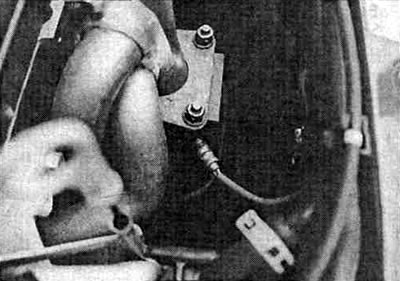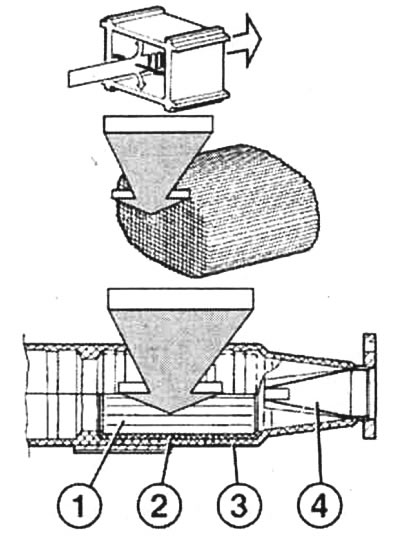Focus with triple catalytic converter - diesel engine with oxidation catalytic converter and exhaust gas recirculation.
All Focus models with a petrol engine in Germany are driven with a triple-acting catalytic converter: both diesel variants have an oxidizing catalytic converter on board and an exhaust gas recirculation system that reduces the concentration of nitrogen oxides in the exhaust gases. In operation, the variable catalytic converter reduces carbon monoxide by approximately 85%, hydrocarbons by 80% and nitrogen oxides by approximately 70%. Oxidation catalytic converters quietly pass nitrogen oxides, so there is recirculation in diesel engines. Designation «adjustable» indicates that exhaust emissions, unlike an oxidation catalytic converter, are actively measured in operating mode (Lambda probe) and adjusted within the statutory minimum range. As mileage increases, each catalytic converter loses its effectiveness.

«Hot spot»: the lambda probe in Zetec-SE engines is located directly in the exhaust manifold under the heat shield
Lambda probe measures the amount of oxygen in the exhaust gases
The lambda probe in the Focus is located directly in the exhaust manifold. To shorten the reaction time «poison sniffer», it is additionally heated electrically. Lambda probes constantly analyze the percentage of residual oxygen in the exhaust gases. The information obtained serves as the basic parameters for the electronic engine management: depending on the measured values, the on-board computer determines the composition of the air-fuel mixture (enriched, depleted). This is done in a rapidly changing sequence: excess air to burn hydrocarbons, lack of air to reduce nitrogen oxides. The regulated exhaust gases pass through a catalytic converter, which, as described above, converts them into carbon dioxide, water vapor and nitrogen.
Catalytic Converter Operating Temperatures
In order for the catalytic converter and lambda probe to function, they must first be heated to operating temperature (catalytic converter up to 300°C). The exhaust gases do this within 25-80 s. But both nodes react extremely sensitively to too much heating. For example, if the unburned air-fuel mixture ignites in a hot catalytic converter (in case of ignition failure), temperatures inside can rise to dangerous levels. At around 1200°C the catalytic converter ages prematurely, at 1400°C the ceramic body melts and the lambda probe also overheats. A melted catalytic converter gives off a hissing exhaust noise caused by exhaust gas back pressure - and loss of engine power. Find out the cause carefully, otherwise the new catalytic converter will not last long and your Focus's exhaust valves will also burn out in a short time.
Watch for misfiring on your Focus, especially when downshifting or downhill in over idle: if there is a click in the exhaust system, look for the cause.

Catalyst oxidation process (scheme). The catalytic converter consists of a honeycomb body of ceramic support 1, which rests in an elastic, vibration-dampening metal fabric 2. This package is surrounded by a heat-resistant housing made of stainless steel 3. In order for the incoming exhaust gases to flow through the catalyst cells evenly, in front of it in the form of a funnel sieve 4
Catalyst Handling
If your Focus won't start due to a dead battery, don't push or tow. In this case, too much unburned fuel may enter the catalyst, which will disable it for a long time.
Interruptions in ignition indicate malfunctions in the ignition system. Determine the cause of the symptoms as soon as possible or entrust this to a specialist.
Before applying a fresh anti-corrosion coating, it is good «pack» catalytic converter, otherwise there will be an acute fire hazard later on.
If necessary, also check the thermal protection above the catalytic converter for damage.
Leaky exhaust system (burnt gasket, thermal cracks, corrosion damage, etc.) measuring values are distorted in front of the lambda probe (increased proportion of oxygen). As a consequence, the electronic engine management enriches the mixture. You will pay for the electronics delusion with increased fuel consumption and premature aging of the catalytic converter.
Visitor comments